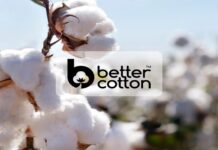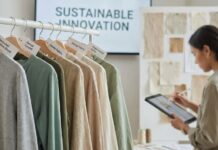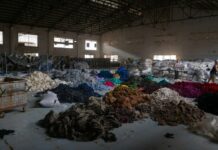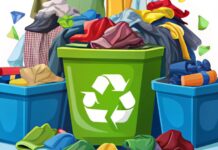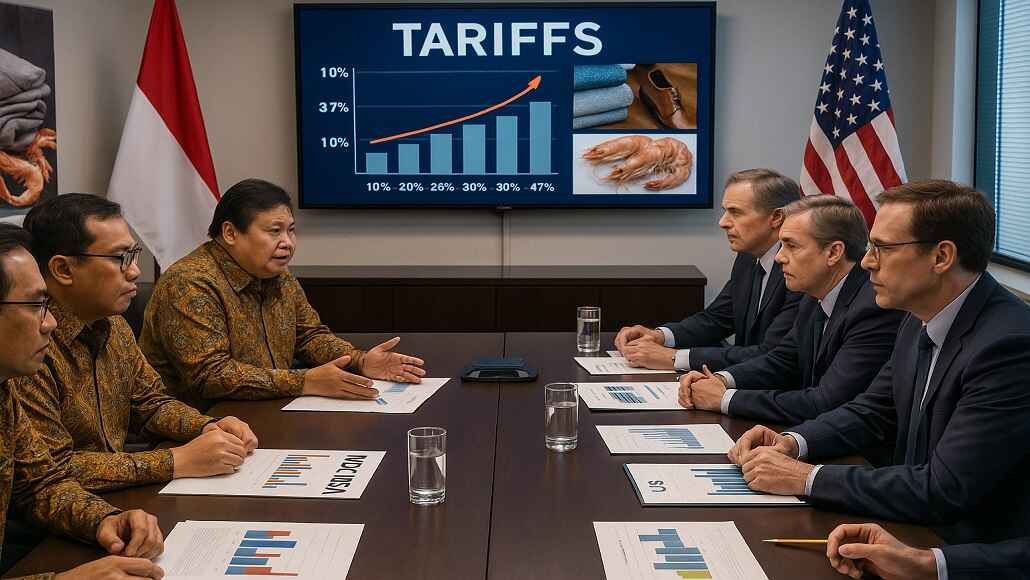Indonesia is evaluating potential tariff changes in response to ongoing Indonesia-US trade negotiations. The government is exploring strategies to enhance its competitive edge in the global market while addressing the implications of tariffs on its key industries.
As trade relations between the two nations remain complex, Indonesian officials are keen to ensure that their export sectors, particularly textiles and apparel, are not adversely affected. The potential adjustments aim to create a more favorable trading environment that encourages growth and investment.
Despite the U.S. proposing an initial tariff rate of 32% on Indonesian goods—excluding the standard 10% duty—Indonesia’s Coordinating Economic Minister, Airlangga Hartarto, has warned that the final tariff could be even higher.
Hartarto remarked in a statement to local news outlet Jakarta Globe: “The range is between 10 and 37%, so the maximum tariffs facing Indonesia can be 10+10 or 10+37.”
“These tariffs will certainly increase the costs of our exports to the U.S.,” he added.
He emphasized the need for fairness, stating: “We want a level playing field. Tariffs on Indonesian products are still higher compared to those imposed on similar goods from other ASEAN countries.”
During a web-based briefing from the U.S., Hartarto expressed Indonesia’s hope that significant exports such as textiles, footwear, furniture, and shrimp would be treated with equitable tariff rates similar to those for comparable goods from other nations.
In return, Indonesia has offered to collaborate on issues such as access to essential minerals and enhanced bilateral cooperation in various sectors, including trade, investment, energy, finance, defense, and education.
Last week, an Indonesian delegation participated in a series of high-level talks with trade representatives in Washington, D.C., as part of the ongoing Indonesia-US trade negotiations, aiming to negotiate the reduction of the substantial tariff hikes introduced by President Donald Trump’s administration.
These discussions concluded without reaching a formal agreement. Hartarto, who led the delegation, indicated that further negotiation sessions are expected to occur in the next two months.
Redma Wirawasta, the general chairperson of the Indonesian Fiber and Filament Yarn Producers Association (APSyFI), assessed that the three-month delay in implementing reciprocal tariffs could provide a vital opportunity for the government to pursue changes in tariff policies through diplomatic efforts.
According to APSyFI, trade statistics from January to February 2025 show that Indonesia recorded a trade surplus of $3.14 billion with the U.S., primarily due to exports in two categories: knitted clothing and accessories (Harmonized System code 61), amounting to $433.3 million, and footwear (HS 64), totaling $407.7 million. Among Indonesia’s key exports to the U.S. market, knitted clothing ranks second.
To further minimize potential trade disruptions, Indonesia is accelerating trade agreements with additional partners. Efforts are underway to finalize the long-standing negotiations for the Indonesia-EU Comprehensive Economic Partnership Agreement (CEPA), which began in 2016, according to the news portal.
Hartarto also reported progress in discussions with Australia. To broaden its trade prospects, Indonesia is seeking Australia’s support to gain enhanced access to markets under the Comprehensive and Progressive Agreement for Trans-Pacific Partnership (CPTPP), which includes Mexico and several South American nations as members.






